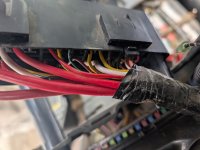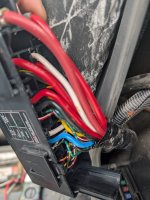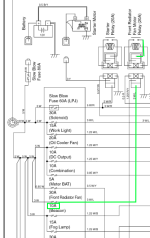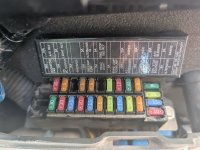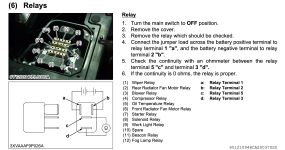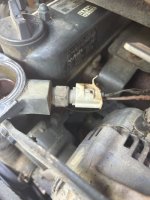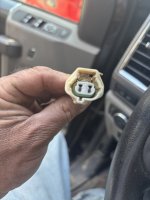It;s about to go into the pond! 2014 RTV 1100, radiator fan won't come on. I've checked the fuse (actually checked all of them, because I found it hard to believe the radiator fan was a 30 amp fuse). I checked the relay (again, I checked them all because I couldn't confirm which relay it was). They're all good. I replaced the temperature sending unit. When I connect the fan direct to 12 volts, it works.
Any other suggestions, other than the pond?
Thanks!
Any other suggestions, other than the pond?
Thanks!


